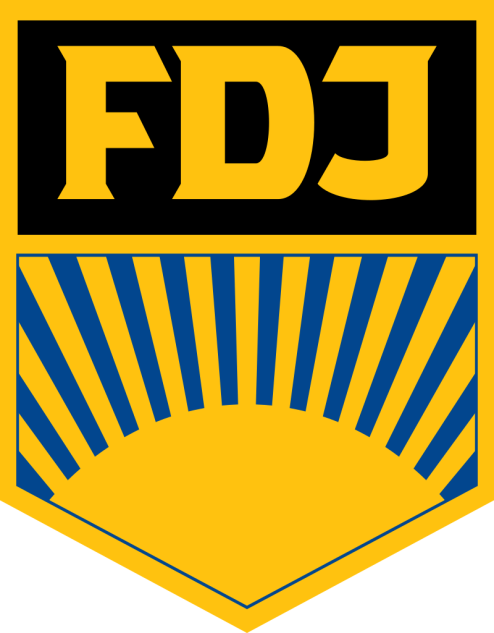On 15 June 1946, the first congress of the FDJ (Freie Deutsche Jugend) - the union of Free German Youth was opened. Four main demands by young Germans were laid down during the forum: full political rights, the right to work and rest, the right to an education, and the right to happiness. Policy requirements were addressed to those officials responsible for youth policy in eastern Germany.
The organisation's symbols were borrowed from an emigrant organisation of the same name that supported German Jewish emigrants in Great Britain. However, the organisers of the congress emphasised that there was no political continuity between the groups. The first chairman of the union was one of its founders, 34-year-old communist Erich Honecker, the future head of the GDR and the SED (The Socialist Unity Party of Germany - the Marxist-Leninist Party that existed in East Germany from 1946-1990).
Socialists from the SED, Liberal Democrats, and Christian Democrats were admitted to the FDJ until 1948. In 1946, 12% of East German youth were involved with the organisation. The "Bolshevisation" of the FDJ began in 1948. The Free German Youth Union was declared a reserve of the SED - the organisation had become similar to the Soviet Komsomol.
In 1949, the group adopted a statute based on "democratic centralism", the group's board was renamed the Central Council, and the position of the chairman - the first secretary of the Central Council. Honecker remained in that position until 1955. In the late 1980s membership in the FDJ became mandatory and was an integral attribute of social life in the GDR. Eighty-eight percent of young people in East Germany were members.
The FDJ gained significant political rights: the right to propose and participate in the development of youth policy, to propose officials for the State Youth Council. The union even had representation in an independent faction consisting of 40 people in the People's Chamber of the GDR.
In 1990, the FDJ stopped cooperating with the SED and in the East German parliamentary elections united with the German Youth Party, "Green Youth", and the Marxist Youth Association "Young Left" (the latter later merged with the former liberal youth organisation "Young Democrats").
Source: Pravda, 142 (10224), 16 June 1946.
























